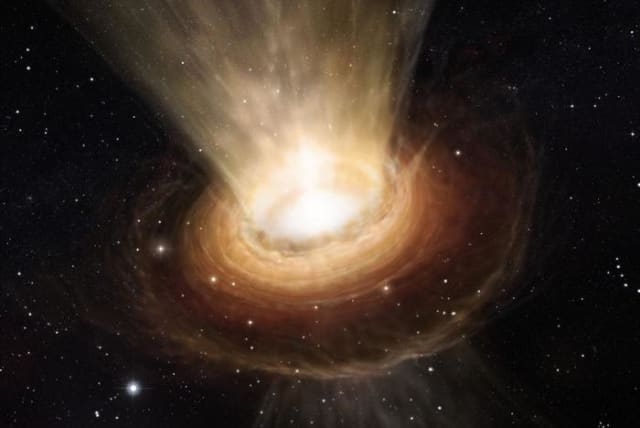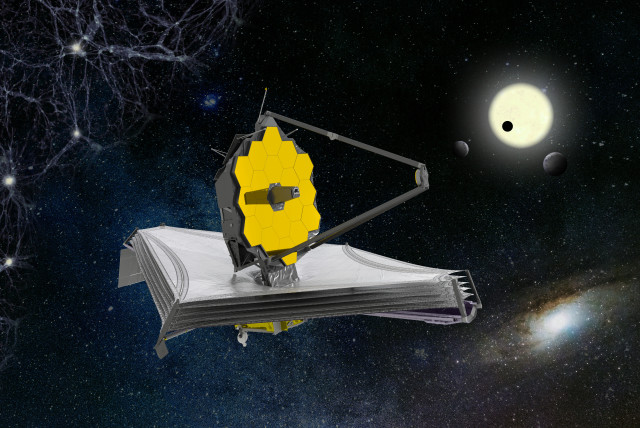Scientists witness the 'winds' dispersing the gas of planetary formation - study

The discovery sheds light on the age-old mysteries of how planets are formed, and in particular how much time young worlds have to consume gas before it drifts away.
Scientists have managed to witness the end of planetary formation, having used NASA's James Webb Space Telescope to see the winds of a planetary disk dispersing its gas, according to a recent study.
The findings of this study were published in the peer-reviewed academic periodical The Astronomical Journal.
The discovery sheds light on the age-old mysteries of how planets are formed, particularly how much time young worlds have to consume gas before it drifts away.
They grow up so fast: Studying the planetary formation process
Planets form after a star is formed, which sees the young stellar bodies surrounded by a planetary formation disk filled with gas and minerals.
Over time, the materials in this disk should gather together through a process known as accretion, forming the planets and asteroids we all know.
Planetary formation can take a long time, and it can be very hard to study this phenomenon from a distance. However, the James Webb Space Telescope has made this far more feasible.
The study itself centers around a relatively young star known as T Cha, also known as T Chamaeleontis or HIP 58285. Located approximately 335 light years away from Earth, T Cha is known to be home to a planetary formation disk.
This was already known and imaged by researchers. But what's new is that the researchers have now imaged the "winds" - that is to say, dispersing gas - that is helping the disk erode.
The gases in question that were detected included the noble gases neon and argon.
This is fascinating because it helps scientists unravel the mystery of gases leaving planetary formation disks.
Like our own, most solar systems have more rocky worlds and objects than gaseous ones. our own solar system contains just four gas giants - Jupiter, Saturn, Uranus, and Neptune - while also containing four rocky planets - Mercury, Venus, Earth, Mars - along with a whole host of asteroids, moons, and a currently unknown amount of rocks, moons, and more lying in the Kuiper belt and Oort cloud. But despite this, planetary formation disks usually have 100 times more gas than solid matter.
That means most of the gas somehow leaves the disk and solar system.
In fact, T Cha's disk is currently dispersing so much gas that every year, an amount of gas equivalent to the mass of Earth's moon is dispersed.
But how does that happen? The answer is obviously the winds, but something needs to be driving the winds in question.
According to lead researcher Naman Bajaj of the University of Arizona, "These winds could be driven either by high-energy stellar photons (the star's light) or by the magnetic field that weaves the planet-forming disk."
More research is needed to fully understand this complex interaction of solids and gas in planetary formation. Another study on the subject by the team of researchers is currently under review.
Jerusalem Post Store
`; document.getElementById("linkPremium").innerHTML = cont; var divWithLink = document.getElementById("premium-link"); if (divWithLink !== null && divWithLink !== 'undefined') { divWithLink.style.border = "solid 1px #cb0f3e"; divWithLink.style.textAlign = "center"; divWithLink.style.marginBottom = "15px"; divWithLink.style.marginTop = "15px"; divWithLink.style.width = "100%"; divWithLink.style.backgroundColor = "#122952"; divWithLink.style.color = "#ffffff"; divWithLink.style.lineHeight = "1.5"; } } (function (v, i) { });

